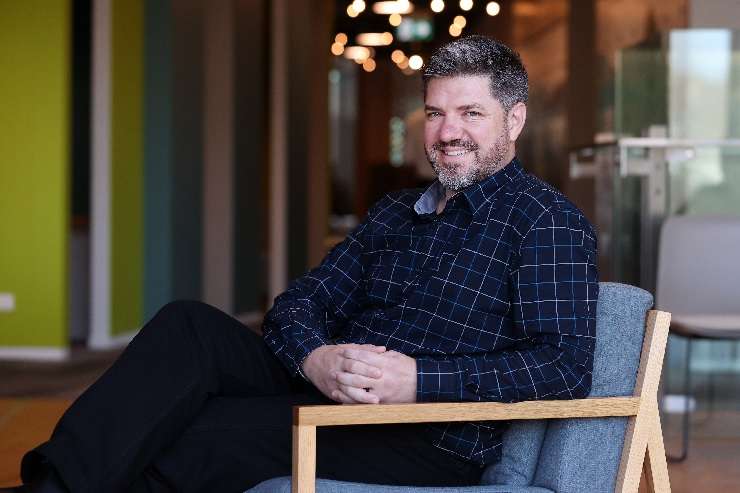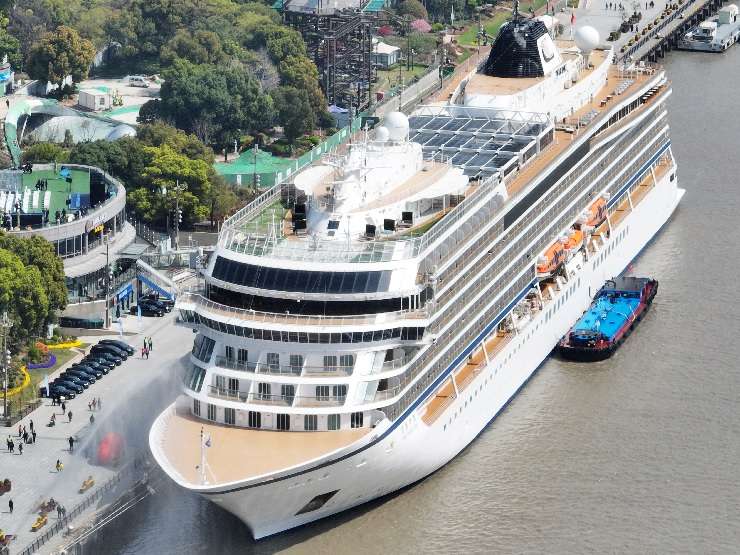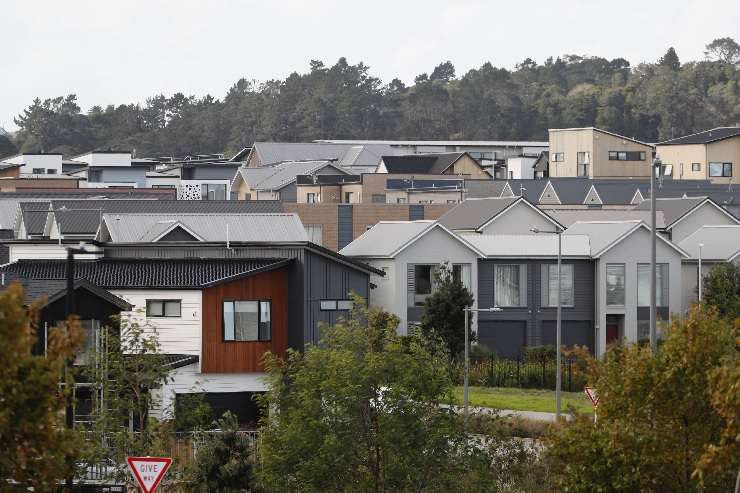In January 1993, the nationwide median sale price was just over $100,000, the country was 12 years away from recording its first $1 million suburb, and first time buyers in Auckland, Christchurch and Wellington were largely paying the same amount to land a home.
Fast forward to 2023, and the nationwide median sale price is close to $800,000, even after a scarring downturn, and more than third of the country's suburbs have an average property value of $1m-plus (three suburbs even have an average property values of more than $3m).
Over the course of the last 30 years, Auckland's median sale price has grown seven fold. If it carried on that trajectory, the median sale price by 2050 would be a frightening $7m. Even a trajectory that followed the last 10 years of growth would take the city's median sale price to just over $2m.
Start your property search
Even if homes double in price between now and 2050, it’s likely Kiwi wages will be higher too, and that the cost of homes as a multiple of income will be less in the future than it is now, says Kiwibank chief economist Jarrod Kerr.
And even though land prices are likely to rise at pace, the cost of building housing should be significantly less, fuelled by more pre-fabrication and the shift towards greater urban density and townhouse and apartment living.
“The benefits of prefabrication are pretty much immediate and you could actually get a better quality product,” Kerr says, noting that Kāinga Ora builds are paving the way forward. "Others are going to thinking, ‘Oh geez, they built that 30% cheaper than I built mine.’”
The big “but” is whether infrastructure such as water and sewerage can keep pace, Kerr says. “If we can get the infrastructure done, then we free up a lot more land, and we can make our existing properties a lot more dense. But if we just continue the way we have, we're going to wake up in 2050 with the same problems.”

Kiwibank chief economist Jarrod Kerr: "If we just continue the way we have, we're going to wake up in 2050 with the same problems.” Photo / Fiona Goodall
Climate change is also likely to have bigger influence on New Zealand cities. James Hughes, climate and resilience specialist, at Tonkin + Taylor said if the world is successful in decarbonising, that will go hand in hand with a shake-up in how Kiwis live.
“Our ability to live the really complex lives that we do now might not exist in the future,” he says, noting that international travel and supply chains may look very different.
Hughes also argue that denser living could bring more vibrancy and connections to a community. “In the cities context, you could see us living in far more connected communities. Less around the need to get in your cars and go everywhere all the time. Most European cities are already living like that. You don’t need a car.”
Read more:
- How to prepare for the fixed rate mortgage cliff
- 2023's biggest house sales revealed - ‘Buyers have money and options’
- The bitter truth about the 'bank of mum and dad’
There is a risk, however, that that the world doesn't decarbonise. “That’s a scary scenario,” he says.
Bill McKay, senior lecturer in Architecture and Planning at the University of Auckland, says transport infrastructure and technology will be key to how Kiwis live in the future.
“Transport and development go hand in hand. People sometimes don’t realise that even lifts and escalators are a form of transport. And it was the lift that allowed Manhattan skyscrapers,” he says.
Artificial intelligence, for example, might take over the driving when commuters enter a city or could stagger work hours and ways of working to avoid rush hour congestion. Drone deliveries could also reduce the amount of traffic on the road.
Like Kerr, McKay expects there will be more prefabrication in the building industry - “a hell of a lot more" - and that this will bring down costs.
It might not seem possible given the current Kiwi preference for a standalone home, but its likely a far greater proportion of New Zealanders will live in apartments by 2050, and smaller apartments at that.

Apartment buildings in 20250 could have more in common with cruise ships that current blocks. Photo / Getty Images
“Apartment buildings will be more like cruise ships, where you have a little unit that is for sleeping and going to the bathroom in, and that actually you roam around the rest of your apartment building to sunny spots, quiet spots, places where you can work, all of that kind of thing in the same way that you do on a cruise ship. You live on the entire ship.”
McKay expects to see many more commercial buildings converted to residential in the centres, as business downsizes offices. He cites the Bank of New Zealand, which downsized from three office buildings to two as employees embraced working from home. “It's a big saving. You need less space for the same number of workers.”
He is also expecting to see more greening of cities in exchange for greater density. “We’re already starting to see this in the rest of the world. High rises with green parks halfway up them because the greenery reduces the heat effect of a city. The greenery absorbs carbon dioxide and produces more oxygen. You end up with more of a green lung kind of effect.”
While there has been a trend in New Zealand to sell up in the big cities and move to more reasonable towns, the reality is that urbanisation has been the trend ever since the industrial revolution, says McKay. People have better health outcomes in bigger cities, more opportunity, better access to facilities, and cheaper food. “People tend to think of cities as dirty, dangerous places. But actually, they are better for us than we would think. People will talk about crime, but that's mainly a function of just having more people in one place. You do get crime in the regions.”

Density done right: Hobsonville Point in west Auckland. Photo / Dean Purcell
The regions, McKay says, will follow much the same trends as bigger cities, with accommodation built more densely in the centres in particular.
For those worried about a future in which we're all living on top of each, Hughes points existing Auckland suburbs where density has been done well. Wynyard Quarter and Hobsonville Point juggle medium and high-density living, commercial and retail activities and new modes of transport, which means better communities have been created with lower carbon emissions, he says.
He also highlights the 20-minute city concept, which has been growing in popularity since the pandemic, and was adopted as a goal by Hamilton.
The idea is a city where residents can access most of the activities needed for good living within a 20-minute walk, cycle or public transport trip from their homes. This includes shops for everyday essentials, health and community facilities, schools, and parks. Entertainment should be local ideally. Research has shown that compact cities cost two to three times less to operate than a sprawling city, Hughes says.


















































































